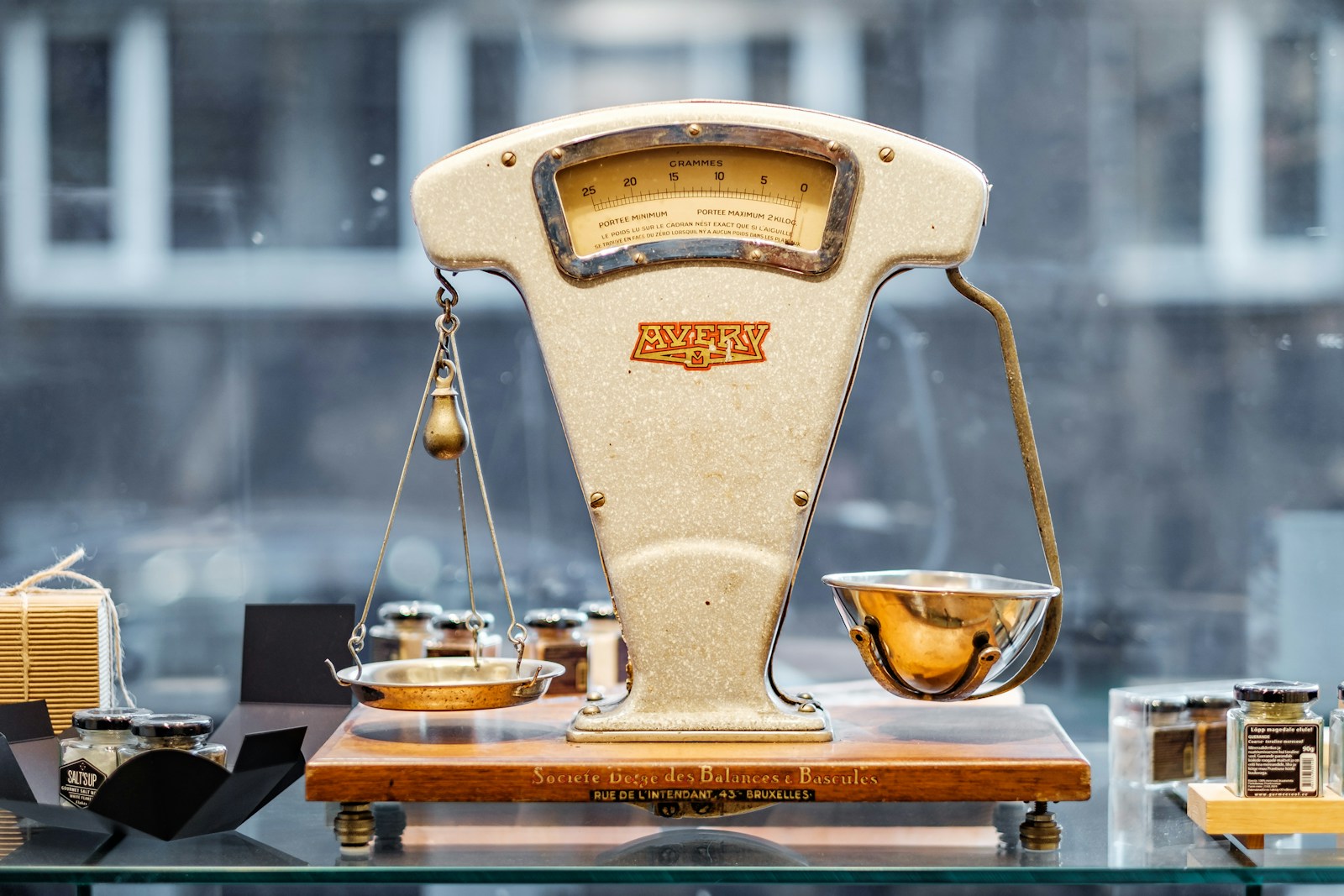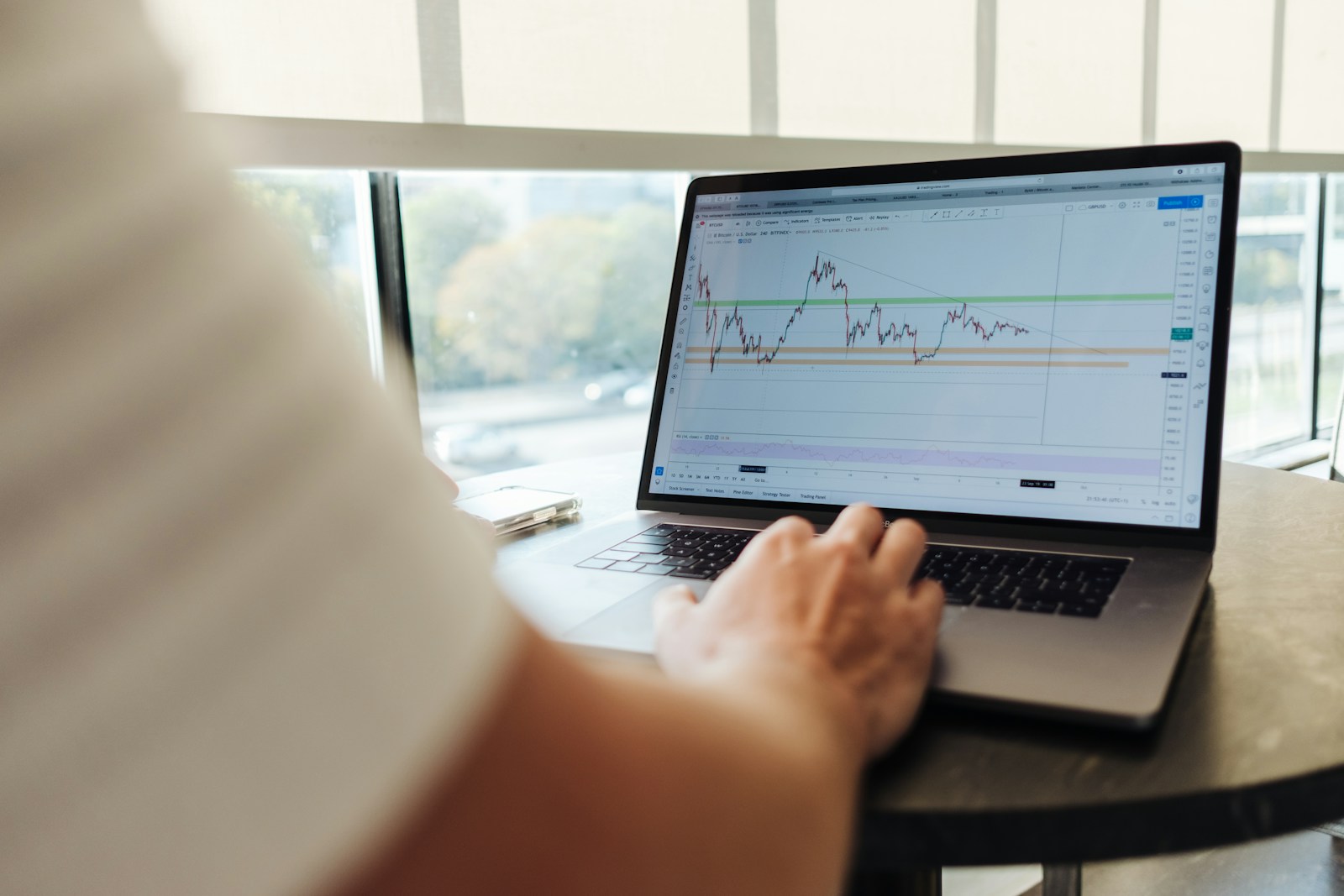Trading is a mental game, where the ability to manage emotions and stay focused often separates successful traders from those who struggle. Market volatility, losses, and the pressure to perform can lead to stress and impulsive decisions. Incorporating mindfulness techniques into your trading routine can help you stay calm, focused, and disciplined, even in challenging conditions.
This article explores how mindfulness can improve your trading psychology, the specific benefits it offers, and practical techniques you can start using today.
What Is Mindfulness in Trading?
Mindfulness is the practice of being fully present in the moment, aware of your thoughts, emotions, and surroundings without judgment. In trading, mindfulness means staying focused on the task at hand, observing your emotions objectively, and avoiding impulsive reactions.
Instead of being controlled by fear, greed, or frustration, mindful traders learn to observe these emotions, allowing them to make rational decisions based on their strategy rather than emotional impulses.
The Benefits of Mindfulness in Trading
1. Improved Emotional Regulation
Mindfulness helps you recognize emotional triggers like fear of missing out (FOMO) or frustration after a loss. By identifying these emotions early, you can respond calmly rather than react impulsively.
2. Enhanced Focus and Clarity
Trading requires intense concentration. Mindfulness practices improve your ability to focus on analyzing market data and executing your strategy without distractions.
3. Reduced Stress and Anxiety
The uncertainty of the markets can be stressful. Mindfulness techniques, such as deep breathing or meditation, lower stress levels, enabling you to think clearly even during volatile periods.
4. Increased Discipline
Mindfulness trains you to act deliberately rather than reacting emotionally, helping you stick to your trading plan and avoid deviating from your strategy.
5. Better Decision-Making
When you're mindful, you’re less likely to be swayed by external noise, such as market rumors or emotional highs and lows. This leads to more rational and well-thought-out decisions.
Mindfulness Techniques for Traders
1. Deep Breathing Exercises
Breathing exercises help you calm your mind and reset during stressful situations.
- How to practice: Take slow, deep breaths in through your nose for four counts, hold for four counts, and exhale through your mouth for four counts. Repeat this cycle several times.
- When to use it: Before starting your trading session, after a losing trade, or whenever you feel overwhelmed.
2. Meditation
Meditation helps train your mind to focus and stay present.
- How to practice: Find a quiet space, close your eyes, and focus on your breath. When your mind wanders, gently bring your attention back to your breathing.
- When to use it: Spend 5–10 minutes meditating before your trading session to center yourself.
3. Mindful Chart Analysis
Approach chart analysis with mindfulness by observing market movements without judgment or emotional attachment.
- How to practice: When analyzing charts, focus on the data and patterns. If you notice emotional reactions (e.g., excitement about a potential trade), acknowledge them and refocus on your plan.
4. Gratitude Practice
Cultivating gratitude helps shift your mindset from frustration to positivity, improving your emotional balance.
- How to practice: At the end of your trading day, write down three things you’re grateful for, even if they’re unrelated to trading.
- When to use it: After a challenging trading day to shift your perspective and maintain motivation.
5. The STOP Technique
The STOP technique is a quick mindfulness exercise to regain control during stressful moments:
- S: Stop what you’re doing.
- T: Take a deep breath.
- O: Observe your thoughts and feelings without judgment.
- P: Proceed mindfully with your plan.
- When to use it: During high-pressure situations, like deciding whether to exit a trade.
6. Visualization
Visualization helps you mentally rehearse staying calm and disciplined during trading sessions.
- How to practice: Imagine yourself executing trades according to your plan, handling losses with composure, and avoiding emotional reactions.
- When to use it: Before trading or after a session as part of your reflection.
7. Body Scans
A body scan helps you identify and release physical tension that may be caused by stress.
- How to practice: Close your eyes and slowly focus on each part of your body, from your head to your toes, noting any tension and consciously relaxing those areas.
- When to use it: During breaks or when you feel physical tension building up.
Integrating Mindfulness Into Your Trading Routine
1. Start Small
Begin with just 5–10 minutes of mindfulness exercises daily. Gradually increase the duration as you get more comfortable.
2. Create a Pre-Trading Routine
Incorporate mindfulness exercises into your pre-trading routine, such as meditation, breathing exercises, or visualization. This sets a calm and focused tone for your session.
3. Take Mindful Breaks
Use breaks during your trading session to practice mindfulness, whether through breathing exercises or a quick body scan.
4. Reflect Mindfully
At the end of your trading day, reflect on your performance and emotions. Were there moments when mindfulness helped you stay disciplined?
5. Stay Consistent
Like any skill, mindfulness requires consistent practice. Make it a non-negotiable part of your trading routine.
Real-Life Example: Mindfulness in Action
James, a day trader, often found himself making impulsive trades due to fear and excitement. After a string of losses, he decided to try mindfulness techniques. He started each trading session with 10 minutes of meditation and used the STOP technique whenever he felt the urge to act impulsively. Over time, James noticed a significant improvement in his decision-making. He was more patient, stuck to his trading plan, and felt less stressed even during volatile market conditions.
Conclusion
Mindfulness is a powerful tool for traders, offering a way to manage emotions, enhance focus, and make better decisions. By incorporating techniques like deep breathing, meditation, and visualization into your routine, you can navigate the challenges of trading with greater clarity and confidence.
Remember, trading is a marathon, not a sprint. Practicing mindfulness not only improves your trading performance but also helps you maintain a healthy mindset for the long haul. Stay present, stay disciplined, and let mindfulness guide you to trading success.









